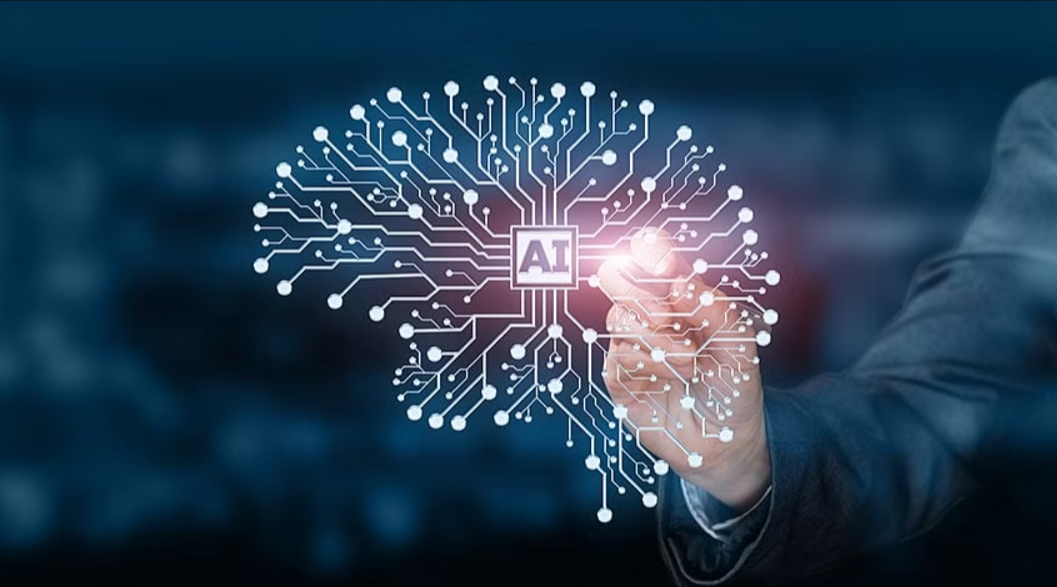If you’re curious about the history of artificial intelligence, you’ve come to the right place. This article explains some critical moments in the history of AI, covering everything from its humble beginnings as textbook-bound research to its current role as a world-changing technology. If you’re interested in learning more about AI and how it got to where it is today, this article will provide some helpful information on that topic.
John McCarthy, in 1955, coined the term “Artificial Intelligence”.
In 1955, the mathematician and computer scientist John McCarthy coined “Artificial Intelligence“. He was also the founder of Stanford’s Artificial Intelligence Lab, which opened in 1963. The first conference on AI was held in 1956 at Dartmouth College and led to the creation of several AI labs throughout America: MIT’s Artificial Intelligence Laboratory (1958), Carnegie Mellon University’s Computer Science Department (1959), Newell and Simon’s General Problem Solver (1960) and Utah State University’s National Computer Project Center for Machine Translation (1962).
The first AI project, a checkers-playing program, was developed by Arthur Samuel in 1959.
The first AI project, a checkers-playing program, was developed by Arthur Samuel in 1959. The software he created was built using a checkerboard and pegs. Using this simple hardware setup and the rules of checkers, he coded his program to play against itself. Over time, the program became more adept at playing the game than any human could—even though it had only learned from its own mistakes.
In an attempt to make his program more efficient at learning how to play well without having to constantly reset games when they went severely (as would happen if one player always won), Samuel also included an ability for his system to learn from its mistakes by adjusting its strategy accordingly based on what happened during each game played between two instances of its code (i.e., one model playing as white pieces against another example playing as black).
McCarthy organised the first AI conference in 1956
In 1956, McCarthy organised the first AI conference to unite people interested in the field. Held at Dartmouth College, it was attended by researchers from all over the world. During this meeting, McCarthy asked what they thought AI would be able to do within ten years and if they felt it was feasible for a computer to pass an average college entrance exam.
The British government announced a plan to build a computer that could reason with a million bits of information.
The British government announced a plan to build a computer that could reason with a million bits of information. The goal was to make the computer at the University of Manchester, the Ferranti Mark 1. The Ferranti Mark 1 was the first commercial computer and was hugely crucial for AI research because it set practical limits on how large computers could get.
Perceptrons, introduced by Frank Rosenblatt in 1958, was one of the first artificial neural networks that simulated the activity of a single neuron.
Perceptrons, introduced by Frank Rosenblatt in 1958, was one of the first artificial neural networks that simulated the activity of a single neuron.
The perceptron is a circuit that can learn to recognise patterns and classify them based on their inputs. The perceptron consists of three layers: an input layer, an output layer, and one intermediate layer called hidden neurons. An input pattern is fed into the input layer, sending signals to each hidden neuron. Each hidden neuron performs some processing before sending its signal to each output neuron. This continues until all inputs pass through every layer of the network before being classified as either belonging to category A or B (or some other set of types).
If you’re interested in learning more about the history of AI and its future, you can check out some other posts on this topic.


